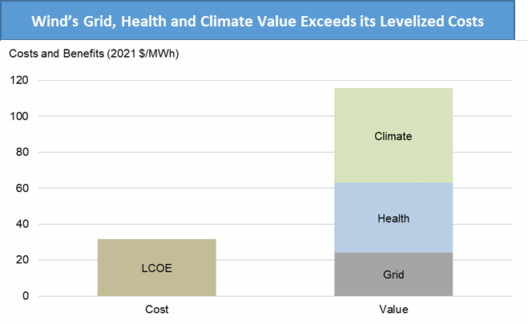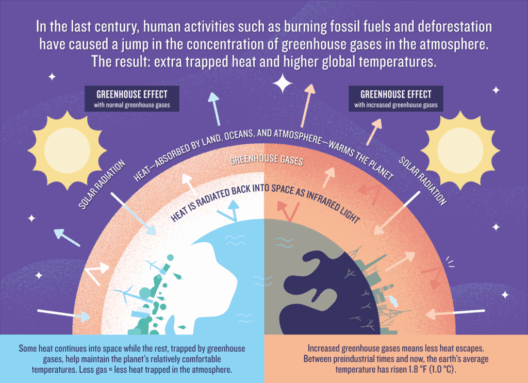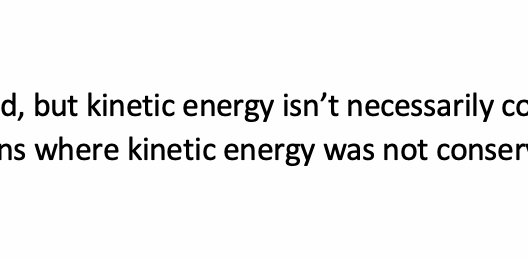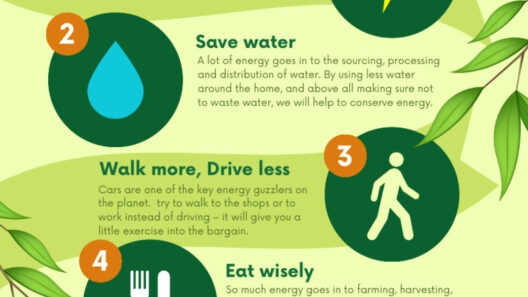Recycling is often viewed through the lens of waste reduction and environmental protection, but there lies an equally important aspect that frequently goes unnoticed: energy conservation. Have you ever stopped to ponder how the act of recycling can save energy? As we navigate the intricacies of modern living, the role of recycling in reducing energy consumption becomes increasingly pertinent. So, let’s delve deeper into this crucial subject and uncover the often-overlooked benefits of recycling in energy conservation.
From the extraction of raw materials to the production of new products, energy consumption is an omnipresent component of our daily lives. The challenge we face, therefore, is understanding how we can efficiently manage this energy consumption while promoting sustainability. Are we ready to take on this challenge?
Energy Consumption in Production
Every step of the production process demands energy, commencing from the extraction of raw materials to the actual manufacturing of goods. For instance, the mining of metals like aluminum and copper is an energy-intensive endeavor, consuming vast amounts of fossil fuels and electricity. It has been estimated that producing aluminum from virgin materials requires over 90% more energy than recycling it. In contrast, recycling aluminum uses only 5% of the energy, while still yielding the same high-quality material. This disparity signifies a pivotal opportunity for energy savings and environmental benefits.
Wood, paper, and glass industries are similarly energy-hungry. The foresting, harvesting, and processing of timber along with the manufacturing of glass from raw silica demands a significant energy input. By diverting these materials from landfills and repurposing them through recycling, we remarkably reduce the energy required for new production. This highlights the significance of recycling as a means to conserve energy and stretch our limited natural resources.
The Lifecycle Impact of Recycling
The process of recycling does not solely involve sorting materials; it encapsulates a complex lifecycle that directly affects energy consumption. The entire recycling process, from collection to the final reprocessing, entails several stages that significantly save energy compared to traditional manufacturing processes.
When products reach the end of their lifespan, they can be processed in a manner that requires a fraction of the energy necessary to create new items from scratch. In addition to the energy saved from the materials’ production, recycling also mitigates the need for landfill expansion and waste transportation, both of which consume energy. Therefore, recycling diminishes our carbon footprint at multiple junctures throughout the lifecycle of a product.
The Innovative Technology in Recycling
Advancements in technology continue to foster improvements in recycling efficiency. Innovations in sorting machinery, shredders, and separation techniques have significantly boosted energy efficiency in recycling facilities. These technologies optimize the separation of materials, making it easier to recycle and reducing waste contamination. Enhanced processes ensure that more materials can be diverted from landfills, leading to a greater conservation of energy.
Furthermore, emerging technologies like upcycling offer innovative pathways to repurpose materials creatively, leading to new products without the need for additional energy-intensive manufacturing. By harnessing creativity and technical inventions, we further assure that recycling contributes positively to energy conservation.
The Community Connection: Collective Action and Energy Savings
The act of recycling transcends individual effort; it requires a communal ethos to be truly effective. Communities that actively participate in recycling programs, educate their members and encourage engagement can make substantial strides in energy conservation. Programs that involve local governments, schools, and organizations foster a culture of sustainability, leading to enhanced recycling rates and increased public awareness of energy consumption.
To stir curiosity: could local competitions around recycling efforts create more awareness about energy savings? Imagine the positive ramifications if communities rallied together to increase overall participation in recycling, leading to substantial reductions in energy consumption. Collective action can drive change and promote sustainability, ultimately leading to meaningful impacts on our environment.
Challenges and Future Perspectives
Despite the undeniable benefits of recycling in conserving energy, challenges remain. Lack of access to recycling facilities, contamination of recycled materials, and insufficient public awareness can hinder progress. Nevertheless, overcoming these obstacles is essential for safeguarding the future of our planet.
The future of recycling is promising, with ongoing efforts to improve infrastructure and innovation. As society progresses, the need to harness our collective resources and technologies effectively will become increasingly paramount. Promoting policies that support renewable energy initiatives and scientific research into recycling methods will be crucial in maximizing the potential energy savings that recycling offers. Through dedicated efforts and innovative solutions, we can look forward to a sustainable future that embraces recycling’s crucial role in energy conservation.
So, as we move forward, let’s challenge ourselves and each other to rethink our recycling habits. Are we ready to take responsibility for our energy consumption and elevate our commitment to sustainability? The choice is ours to make, with the power of recycling in our hands. By understanding the intricate relationship between recycling and energy conservation, we can significantly reduce energy consumption and promote a healthier environment for future generations.








